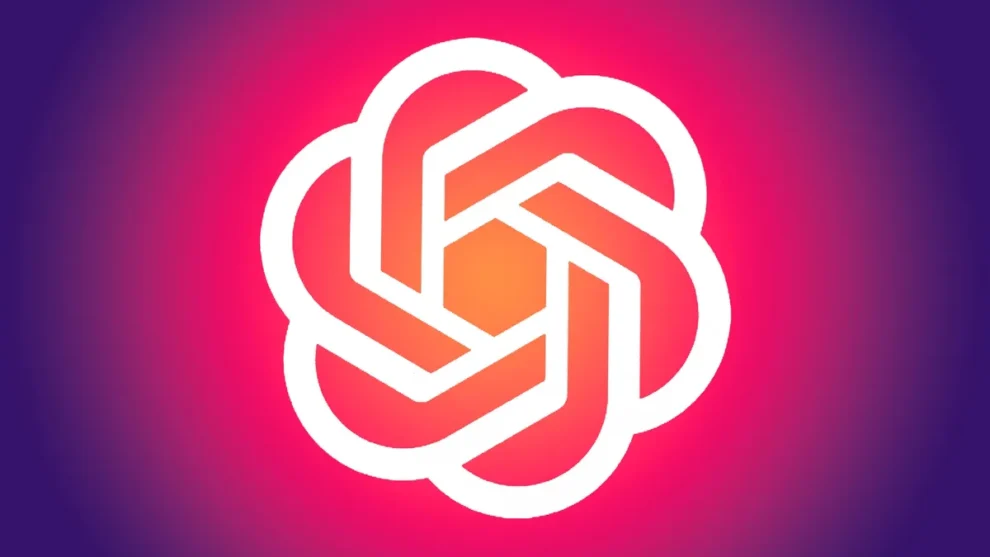OpenAI has announced the release of ChatGPT-4 Turbo, integrating new vision capabilities that mark a significant enhancement over its predecessors. This latest iteration not only maintains its sophisticated language processing abilities but also introduces optical character recognition (OCR) technology, enabling the model to understand and interact with visual inputs.
ChatGPT-4 Turbo now allows developers to utilize images directly within chat interactions, expanding potential applications significantly. For instance, the model can analyze images, generate detailed descriptions, and even extract textual data from visuals, such as reading text from a photographed document or identifying items in a picture. This advancement opens up new avenues for app development, particularly in accessibility technologies and data management systems where visual information processing is crucial.
Significantly, this update comes with a deepened knowledge base updated to April 2023 and an extended context window capable of handling 300 pages of text at once. This extension aims to enhance the model’s understanding and retention across longer conversations or more complex inquiry sequences, thus broadening its usability in educational, professional, and creative contexts.
In terms of accessibility, the vision feature is designed to assist visually impaired users effectively. By processing visual data, the model can help in daily activities, such as navigating environments or identifying products, which are particularly beneficial for apps like BeMyEyes.
Economically, OpenAI has made this technology more accessible by reducing costs, making it three times cheaper for input tokens and twice as inexpensive for output tokens compared to the previous version. The pricing strategy is set to encourage broader use and integration of the API across different platforms and applications.
Developers can access the GPT-4 Turbo with vision capabilities through the “gpt-4-vision-preview” in the OpenAI API, with plans to integrate this feature fully into the stable release of GPT-4 Turbo soon. OpenAI provides a variety of tools and APIs, including the Assistants API, which supports building complex AI-driven applications by simplifying the integration of various functionalities like code interpretation, data retrieval, and multi-functional command processing.
This release not only enhances the technological capabilities of GPT models but also aligns with OpenAI’s goal to democratize AI technology, making powerful tools available to a wider range of developers and users. This development promises to drive innovation in how we interact with and leverage AI in everyday applications.

























Add Comment